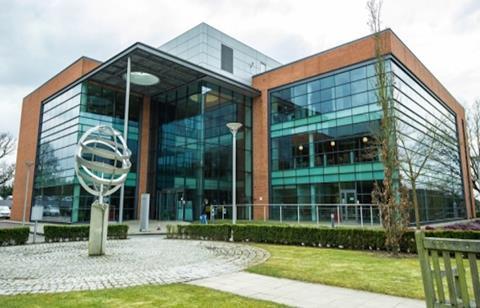
Ahead of the auto-enrolment minimum contribution changes in April 2019, global technology organisation Siemens amended its defined contribution (DC) structure with a view to creating behavioural change.
Siemens, which employs 15,000 staff in the UK overall, 11,000 of whom are enrolled in the pension scheme, now offers enhanced matching contributions based upon the Department for Work and Pensions’ (DWP) target income model. This model indicates what individuals of different ages should contribute in order to achieve adequate retirement incomes; Siemens employees saving these target amounts are able to receive matching employer contributions.
The new policy was launched in November 2018, during the organisation’s annual flexible benefits window, and came into effect from January 2019, in anticipation of auto-enrolment increases in April.
Siemens has been conducting year-on-year analysis since it originally staged for auto-enrolment in 2013, including a full strategic review of the scheme over 2013 and 2014, and a deeper analysis of member behaviour and the wider pensions market in 2015. An anonymous survey in July 2018 also revealed that having adequate retirement savings was the number one employee concern.
Nicola Roche, reward partner at Siemens, says: "We had about 83% of our people forecast not to achieve the DWP’s target level of income at retirement. We used our modelling to [find out how] to target our matching contribution [policy] to encourage those guys to keep engaging and contribute that little bit more.”
With financial wellbeing firmly on the agenda, Siemens introduced financial education platform Nudge in January 2018. This was then used to create a personalised communications campaign about pension changes, targeted using various subgroups based on age, earnings and contributions.
“That allowed employees to really understand their pensions in the context of their overall finances and receive specifically relevant tips that might help them increase their contributions,” Roche says.
Early analysis has shown that 34% of Siemens’ DC scheme members changed their contribution during the 2018 flex window; 90% increased their contributions by an average of 2.1%.
“At virtually every income level, the vast majority of people are now looking to be on track to achieve [the DWP target income], so hopefully we’re going to see the outcomes really impacted as well,” Roche explains.
Siemens is only just beginning its journey in this area, she adds: “We recognised that, at particular stages of someone’s life, affordability is a big issue. We accepted that if employees could just engage a tiny bit more, we would go much further to helping them achieve the outcome that they needed. We tried to make it more attractive for them to do so, but also we accepted that we needed to play a bigger part in return.
"By providing financial education, we’re helping people unlock how they can save money in other areas of their finances, to then really create that additional cash towards their retirement savings.”
Read more...
Addressing increases to auto-enrolment contributions to maximise financial wellbeing
Nichola Hawden: How will auto-enrolment increases impact reward?











